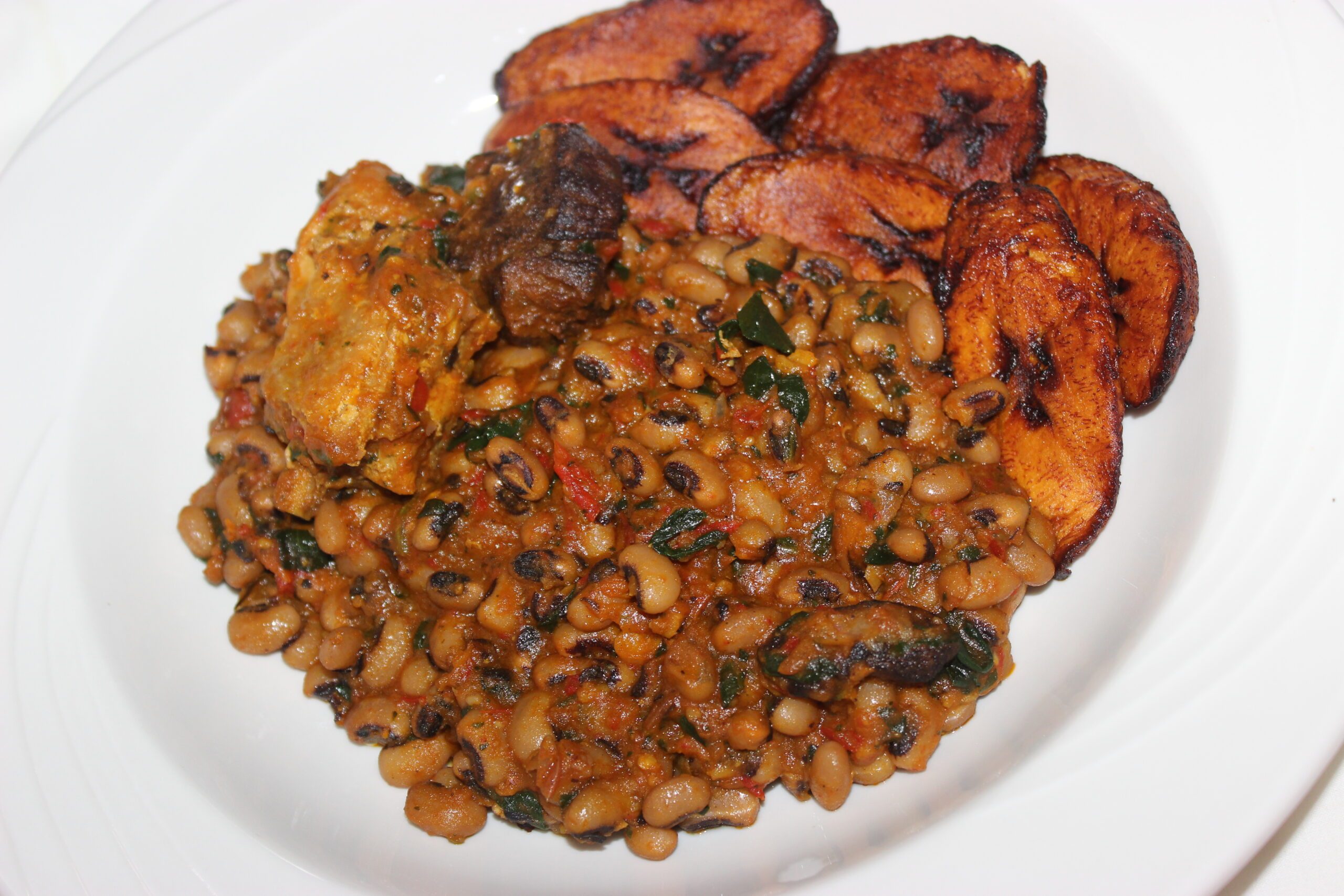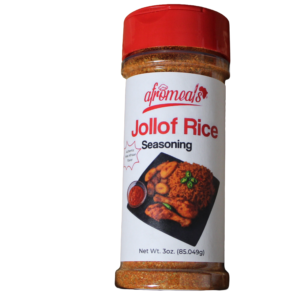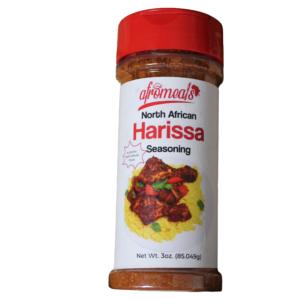What is sickle cell?
Sickle cell anemia is a genetic disorder found among Africans, African Americans, and some Hispanics. This disease is caused by a mutation. A person inherits 2 copies of genes that code for their blood cells from their parents. 1 copy from each parent. A person can inherit AA where 1 A is from their father and another A from their mother. A person can inherit AS or SS as well. AA produces normal red blood cells. AS produces normal blood cells as well however the S gene is passed down to the next generation. A person who inherits S from both parents will have sickle cell anemia. The S gene is mutated, thus producing blood cells that are sickled. What does it mean for your blood cells to be sickled?
What happens when blood cell is Sickled?
A normal red blood cell is smooth and round with a compound called hemoglobin that carries oxygen to the different parts of the body. A sickle blood cell is hard and stiff. They pile up or clump together which at times can cause a blockage in small blood vessels, therefore preventing blood and oxygen from flowing through the blood vessels and getting to organs. This event can lead to terrible effects such as organ and tissue damage, terrible pain, infection and at times stroke and for men elongated erection.
Treatment and Cure
Treatments for anemic or sickle cell patients are blood transfusion, prescription pain medication, and antibiotics for an infection. Other treatments such as bone marrow transplant have been found to cure people of sickle cell anemia, however, this method can be complicated. Another treatment given to patients is folic acid supplements. In the next section, we find out why folic acid is important.
Why Folic Acid?
Researchers have identified that anemic and sickle cell patients are deficient in folate also known as folic acid. For this reason, the National Heart, Lung, and Blood Institute Guideline recommends 1 mg (1000mcg) folic acid supplements daily for individuals with anemia or sickle cell anemia. Folate does not store in the body, therefore, it is good practice to take it daily. Folic acid helps with anemic symptoms such as tiredness, chest pain, weakness, dizziness, headaches, irregular heartbeats, etc. Research also proposed that folate helps to produce new blood cells in patients with anemia or sickle cell anemia.
Folate is found in foods
Eating foods with folate is safer than taking supplements. You don’t have to worry about overdosing. Pharmaceutical companies create folic acid supplements in labs using different chemicals. In contrast, natural folate comes directly from food.
One can not overdose on it from food. Getting folate from food is also a great option for people who might not have access to folic acid supplements or might not have the means to afford it depending on the person’s location. If you are a person that does not have access to folic acid supplements or can not afford it, the best thing to do is to eat the foods listed below.
Folate-Rich Foods
Though folic acid supplements help to replenish folate, eating foods with folate (folic acid) is better. The chart below shows foods that have a high amount of folate:
| Cooked Foods | MCG | Serving size |
| Chicken and Turkey Liver | 420-518 | 75 grams (2.5 ounces) |
| Beans (pink, pinto, navy, black, white, kidney, great northern) | 157-218 | 175 ml (¾ cup) |
| Beans (mung, adzuki) | 234-238 | 175 (¾ cup) |
| Lentils | 265 | 175 (¾ cup) |
| Peas (chickpeas, black-eyed, pigeon) | 138 – 263 | 175 (¾ cup) |
| Asparagus | 128 -141 | 4 spears |
| Edamame | 106 – 255 | 125 ml (½ cup) |
| Spinach | 121-139 | 125 ml (½ cup) |
| Okra | 97 | 125ml (½ cup) |
| Avocado | 81 | ½ fruit |
| Papaya | 56 | ½ fruit |
According to the chart above, chicken and turkey liver contain the most folate. Butchers or grocery stores sell animal liver, and people must cook it well. You can cook it in stew or soup. Eating uncooked or partially cooked liver can cause food poisoning or infection.
Since some people don’t like eating liver, beans, lentils, and peas offer the next best folate-rich options. You can cook any beans in soup or stew like the picture above. Pair them with rice, bread, plantain, or potatoes. Bean stews and soups taste great and are filling. Try cooking a mix of different beans and peas together. You can also add asparagus or spinach to the beans, but add these vegetables near the end of cooking to avoid overcooking. The picture above shows bean stew with spinach and fried plantain. Eating healthy can be tasty!

Folate is so important for the body, that in 1998 the United State government, Food and Drug Administration (FDA) insisted that food such as enriched bread, cereals, flours, pasta, grains, etc. should be fortified with folic acid. Are you keeping up with your folate? If you feel you need more folate, eat more foods with natural folate.
Sources:
Dixit, R., Nettem, S., Madan, S. S., Soe, H. H. K., Abas, A. B., Vance, L. D., & Stover, P. J. (2018). Folate supplementation in people with sickle cell disease. Cochrane Database of Systematic Reviews, (3).
Food sources of Foliate “Dietitians of Canada” file:///home/chronos/u-cd999890a79db431f5f4c671cbc3e99402b4d7c8/MyFiles/Downloads/FACTSHEET-Food-Sources-of-Folate.pdf
“Canadian Nutrient File 2015” www.hc-sc.gc.ca/fn-an/nutrition/fiche-nutri-data/index-eng.php [Accessed June 2016].
Amanze, Marie. Sickle Cell Anemia. Hematology-Oncology Solutions of Tallahassee.
NIH, National Human Genome Research Institute: https://www.genome.gov/Genetic-Disorders/Sickle-Cell-Disease
NCBI: https://ods.od.nih.gov/factsheets/Folate-HealthProfessional/
For more information on health and food, Visit the link



